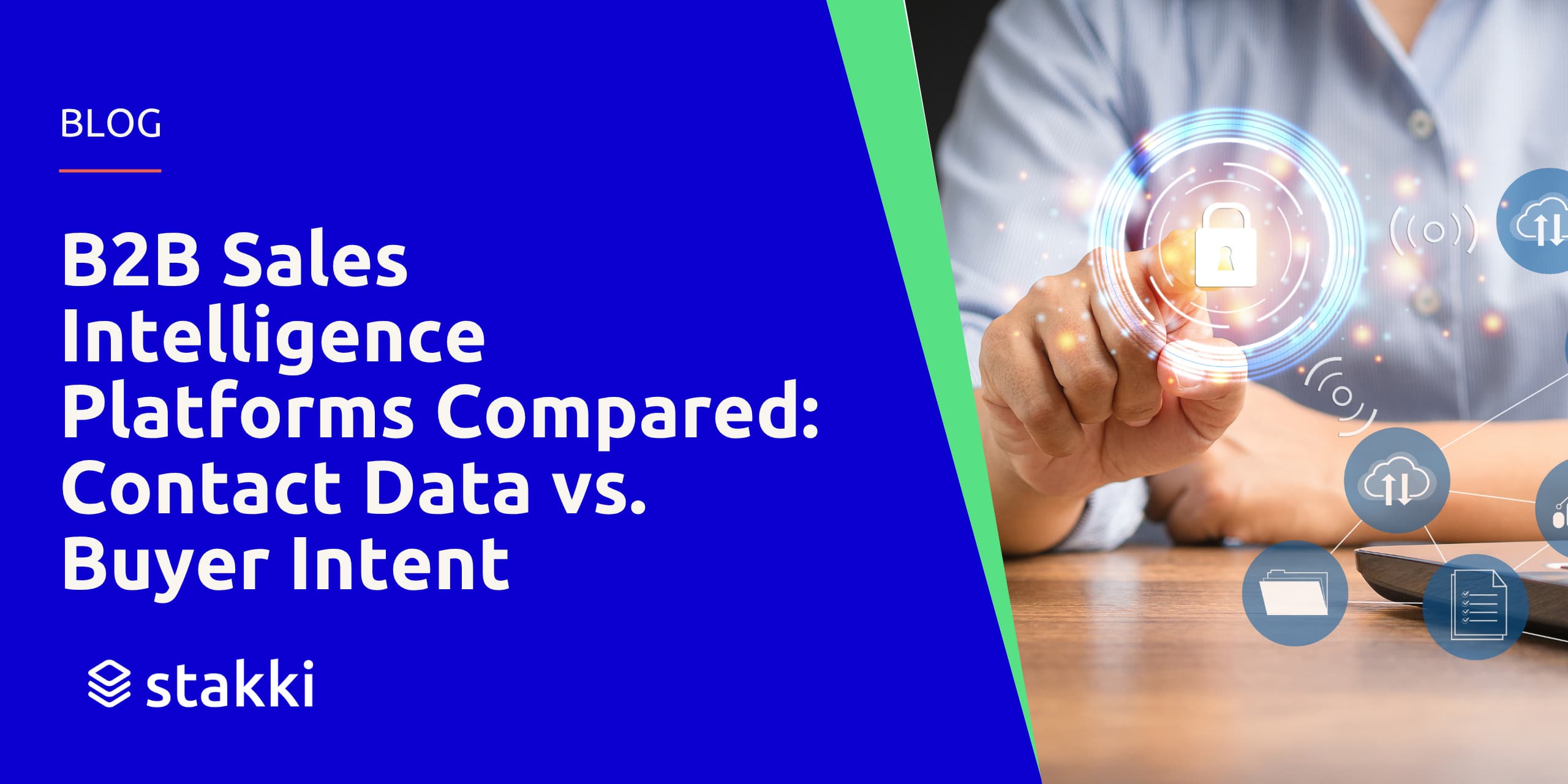Account-Based Marketing (ABM) isn’t new but how it lands in a sales organization makes all the difference. We sat down with the VP of Marketing, Jenna Chambers, @ DemandScience to run through what a conversation between Marketing and SDR leaders should look like to get ABM into effect for both teams.
For many SDR leaders, the announcement that “We’re going ABM!” can sound like a marketing initiative that adds complexity, limits outreach volume, and changes expectations overnight.
But done well, ABM can empower SDRs, not hinder them. It gives them better data, clearer priorities, and marketing “air cover” that makes conversations easier to start and more likely to land.
So how can SDR leaders translate an ABM strategy into something that supports their team, and how should SDRs split their time to make it work?
Step One: Get Aligned Early
ABM should never be something handed down from marketing. It’s a strategy that only works when sales, SDRs, and marketing collaborate on the targeting, messaging, and process.
Before it gets rolling, SDR leaders should ask:
- What’s our ABM model? (One-to-one, one-to-few, or one-to-many?)
- What role does the SDR team play? Are they warming accounts, opening new doors, or expanding existing relationships?
- What channels are we responsible for? Are SDRs focused on outbound calls, or do they also respond to ABM-driven inbound interest?
A simple framework helps:
- One-to-One: These accounts often already know you. Focus on expansion, upsell, and relationship building.
- One-to-Few: 10–15 similar accounts. SDRs should mirror the AE’s approach and open doors to new stakeholders.
- One-to-Many: Broad ICP coverage where SDRs can drive new pipeline volume, supported by marketing’s “air cover” and targeted campaigns.
As Jenna Chambers (DemandScience) put it:
“The excellence of SDRs is to bring opportunities to the table that the business otherwise wouldn’t be able to bring.”
That means ABM shouldn’t slow down SDRs, it should sharpen their focus.
Step Two: Redefine How SDRs Split Their Time
In traditional outbound, reps measure success by volume — calls made, emails sent, sequences completed. ABM flips that logic.
An effective approach looks like this:
- AEs: Spend roughly 80% of their time on one-to-one and one-to-few accounts.
- SDRs: Spend the majority of their time on one-to-many, while supporting key ABM accounts with intel, outreach, and new connections.
That balance keeps the top of the funnel active while ensuring the ABM motion doesn’t stall.
SDRs should also think in terms of opening the buyer group. If the AE has five contacts at a target account, the SDR can find ten more, across different regions or business units, and warm them using insights from marketing and tools like DemandScience or Upcell to layer on fresh data and signals.
Step Three: Build the Feedback Loop
ABM fails without feedback. Marketing sends “intent data” or “signals” to SDRs. But if reps don’t share what happens next, everyone’s flying blind.
Every SDR leader should formalize a feedback loop:
- Marketing → SDRs: Push intent data, signals, and campaign engagement info.
- SDRs → Marketing: Share call insights, objections, and what messaging actually lands.
Tools make this frictionless:
- Gong and Jiminy automatically record calls and push key moments into Slack or the CRM.
- SecondBody uses AI to coach and train reps on those conversations - even simulating roleplays to improve performance.
- DemandScience and Zymplify can unify ABM campaigns, contact data, and signal tracking.
When the loop works, marketing gets real data to refine campaigns, and SDRs get messaging that resonates.
Step Four: Make Intent and Signals Work for You
“Intent” and “signals” have become interchangeable buzzwords but they’re not the same thing.
- First-party intent comes from your own ecosystem: website visits, demo requests, and content engagement.
- Third-party intent comes from outside your world: platforms like Bombora or 6sense that track research activity across the web.
- Signals are behavioral cues: job changes, funding rounds, hiring trends, or new tech adoption.
- Tools like Upcell or Trigify surface these automatically, letting SDRs personalize outreach around real, verifiable triggers.
The key? Don’t rely on a single source. As Jenna warned:
“There’s a lot of snake oil out there. You need to know where your intent is coming from and triangulate it.”
Trust first-party and verifiable signals first, they’re unique to you and much more actionable than “anonymous surges.”
Step Five: Keep Personalization Practical
Personalization shouldn’t paralyze your team. ABM isn’t about rewriting every email, it’s about knowing why you’re reaching out.
Encourage SDRs to focus on relevance over creativity. Tools like ChatGPT, Clay, and SecondBody can help reps quickly scan job posts, news releases, or employee posts for contextual cues, then tie those insights to your value proposition.
As Jenna put it,
“AI has really changed the game. There's no excuse for flat, generic outreach anymore.”
But keep it simple: reps shouldn’t spend so long researching that they never pick up the phone.
Step Six: Be Patient and Measure the Right Things
ABM isn’t a 30-day test. Give it at least a year to mature.
Early indicators of success include:
- Increased engagement from target accounts
- Growth in the number of contacts per account
- More repeat visits and first-party intent signals
Compare progress against a small control group of non-ABM accounts to see the real lift.
Final Thoughts
ABM only works when marketing and sales development pull in the same direction.
For SDR leaders, the playbook is clear:
- Align early and define roles
- Balance focus across one-to-one, few, and many
- Keep the data clean and feedback flowing
- Use intent and signals wisely, not blindly
- Coach your team on discovery, not just research
The real win isn’t perfect personalization or shiny dashboards. It’s consistency, turning strategy into pipeline, one focused conversation at a time.
Want to watch the full conversation?
Find it on our Youtube channel here.











